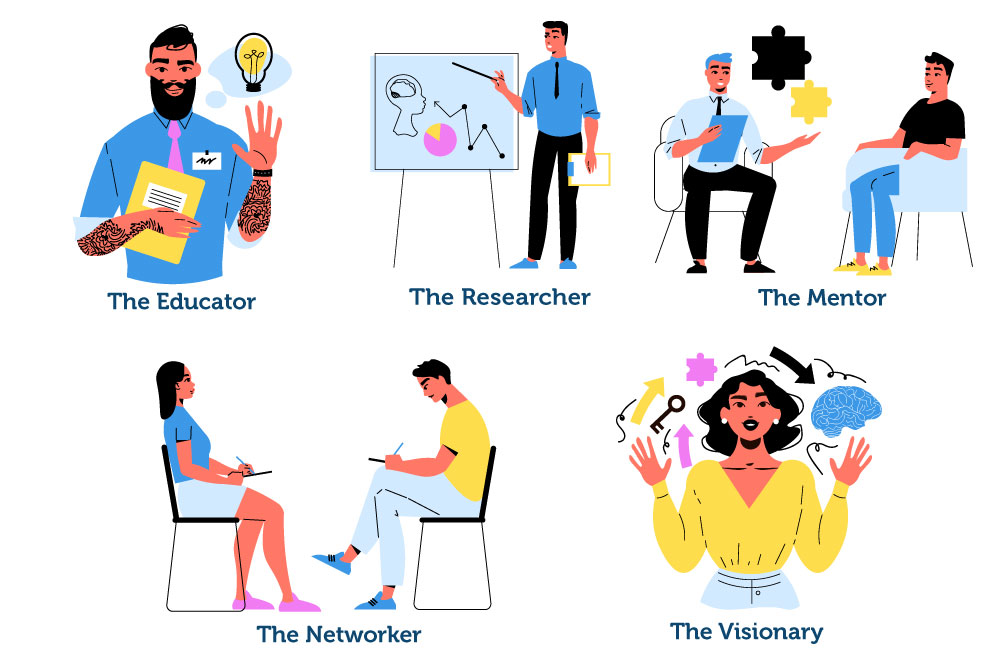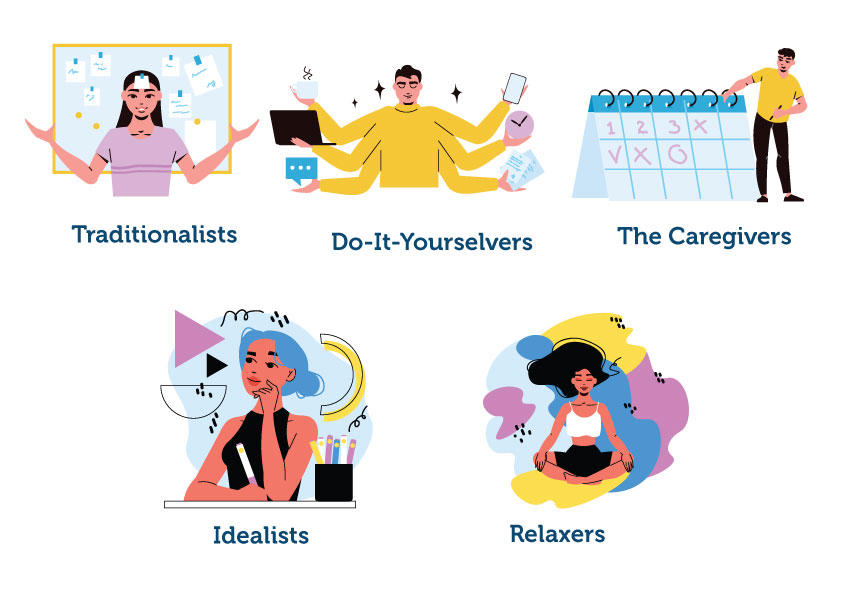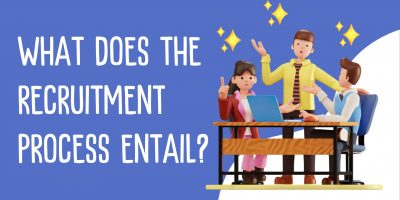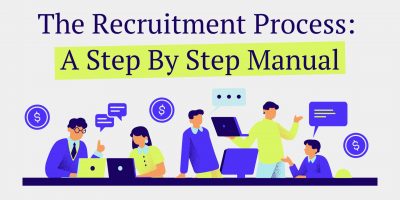Everything they see, do, learn, and feel, from when employees onboard a company to when they leave, becomes part of their company journey.
All of the failures and achievements shape their employee experience – and every organization must strive to facilitate a positive one.
According to a McKinsey survey, employees with positive experiences are 16 times more likely to be engaged and eight times more loyal to their companies.
In addition, Salesforce and Talenteck’s research paper shows a correlation between positive employee experience and a company’s financial growth.
Furthermore, a research study by Jacob Morgan found that organizations that invest in employee experience see four times greater profits.
All of this goes to show that it is vital for companies to map their employees’ journeys. Through journey maps, employers can track workers’ key stages and experiences and identify the strengths and weaknesses of each.
So, how can companies approach employee experience journey mapping?
Every move and change a company makes has to be backed by data. Therefore, it is clear that the first step towards journey maps is to gather information. Whether through interviews, surveys, or discussions, anything employees and leadership share add significant insight into the employee experience.
After the research is concluded, the next phase is developing employee personas. Employee personas and journey mapping are closely related since workers with similar needs, goals, frustrations, and expectations often share resembling experiences.
Additionally, detailed research can help identify important stages or moments for each persona. Whether a company looks at its hiring and onboarding processes or the learning and development opportunities, it is essential to outline desired outcomes and potential difficulties that personas face during each stage.
The final stage is creating employee maps and taking action.
The visual output of an employee’s journey provides a clear overview of problem areas, enabling employers to smooth out the bumps in the road of an employee’s journey.









